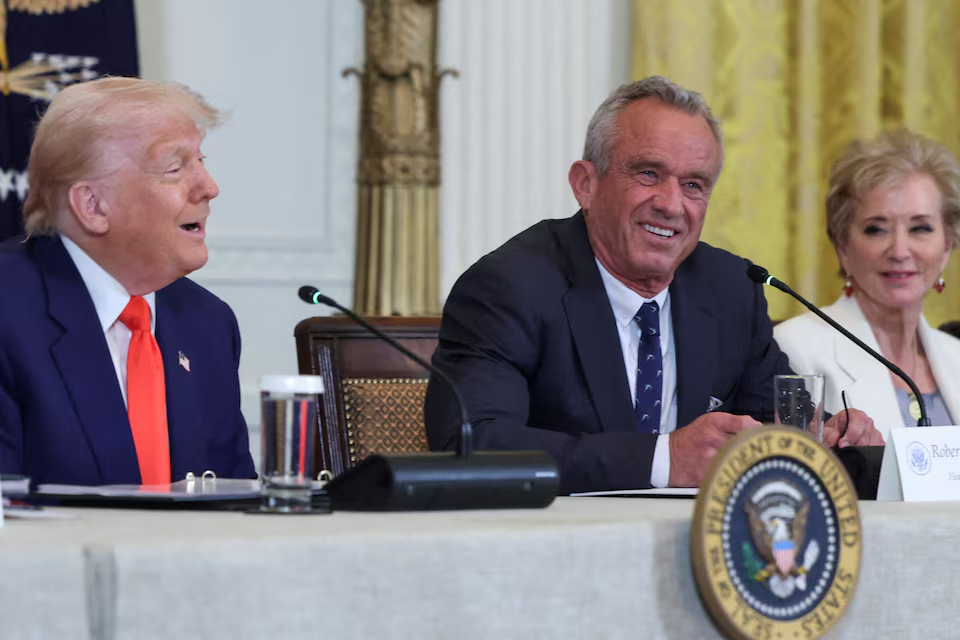Wall Street Futures Waver as Middle East Tensions and Fed Caution Create Uncertainty
- Jun 20
- 3 min read
20 June 2025

Wall Street futures opened with a cautious tone as markets navigated a complex backdrop of rising geopolitical tensions and a steady Federal Reserve. With the Israel-Iran conflict entering its second week, investors are weighing the real potential for global disruption, particularly in energy markets and inflation trends.
President Trump has delayed any immediate U.S. military response, opting for a two-week window for European-led diplomacy in Geneva. His decision provided a temporary buffer, and equity futures initially showed modest gains amid easing fears of an instant escalation. Oil prices, which had surged in anticipation of conflict-driven supply shocks, retreated Brent crude dipped nearly $2 to trade just below $77 per barrel, still marking its third straight week of gains.
While this momentary drop lifted some market pressure, analysts caution that oil remains sensitive to geopolitical developments. Iran’s status as a major OPEC producer, combined with persistent hostilities and the shipping threat to the Strait of Hormuz, keeps risk elevated amid a backdrop of already restrained global supply.
On the monetary front, the Federal Reserve continues to project a deliberate approach to interest rates. Following its latest meeting, the Fed held rates steady at 4.25 - 4.5% and maintained a relatively hawkish tone. Officials signaled ongoing concern over inflation, even as central banks in Europe and Asia (including Switzerland and Norway) opted for cuts driven largely by currency considerations.
The Fed’s internal outlook mirrors this complexity. Growth forecasts have been revised downward from 2.1% to 1.4%, while inflation projections remain elevated at or above 3% through late 2025. Unemployment is expected to climb from its current low near 4.2% into the mid-4% range . A more cautious majority of Fed officials now anticipate zero rate cuts in 2025, although a minority sees potential for relief by July .
Against this backdrop, investors are adopting a wait-and-see stance. U.S. futures show little momentum, with most attention focused on next week’s slate of crucial data PCE inflation, consumer sentiment, housing, and manufacturing that could reveal whether the Fed’s cautious posture will shift .
International capital markets are reacting to diverging central bank strategies. While the Fed stays put, peers in Europe and Asia are easing, prompting speculation about capital flows and currency dynamics. This divergence could draw attention to U.S. assets even as traditional safe-haven plays like U.S. Treasuries and the dollar remain under pressure .
A key wildcard remains U.S. tariffs. Elevated import duties are feeding into producer prices and adding to inflation concerns. The Fed has acknowledged these effects, which it described as potentially long-lasting through supply chains . Oil’s rebound and consumer concerns over cost pressures reinforce the central bank's resolve to balance growth with inflation control.
Energy markets continue to signal both risk and caution. Despite recent dips in crude, heightened alerts from President Trump regarding U.S. personnel in Tehran and ongoing Middle East tensions are keeping traders vigilant. Forecasts suggesting oil could spike to $85 or more in case of U.S. involvement are ringing alarms across financial sectors.
Market psychology remains fragile. While equities have rebounded from spring's selloff, especially after Trump’s tariff-driven disruption earlier this April , futures are cautious heading into the weekend. The question for investors is clear: will central bank patience and stable oil prices support equities, or will harsher inflation data and tariff fallout push conditions into turbulence?
In the coming weeks, the calculus will center on a few key pivot points: whether the U.S. steps into Middle East hostilities, inflation trends through summer, and the Fed’s ultimate path. If oil stabilizes and inflation softens, September could bring modest rate relief. But sustained price pressure or renewed conflict could push higher borrowing costs deeper into next year.
Today’s market setup underscores the complex interplay of policy, geopolitics, and economics. As Wall Street holds its nerve, the summer will demand clarity. Until then, investors are left balancing optimism for a diplomatic pause against the persistent risk of inflation and global instability.



Comments